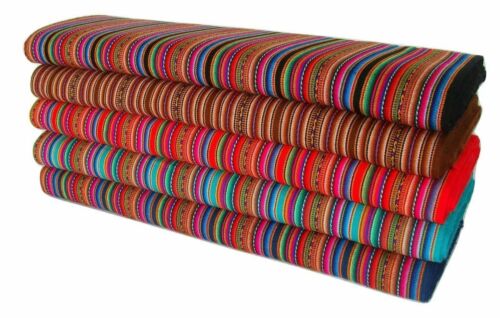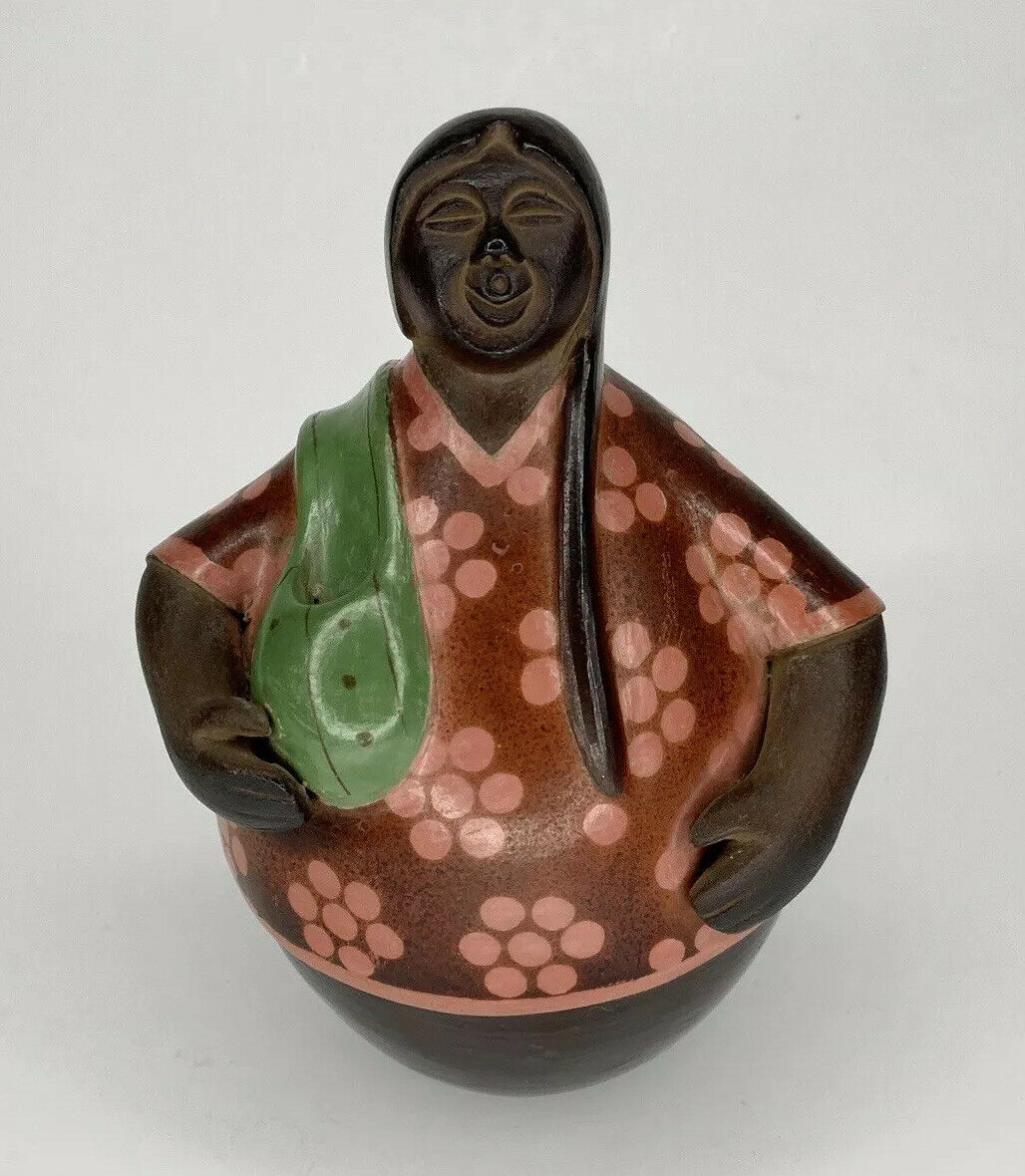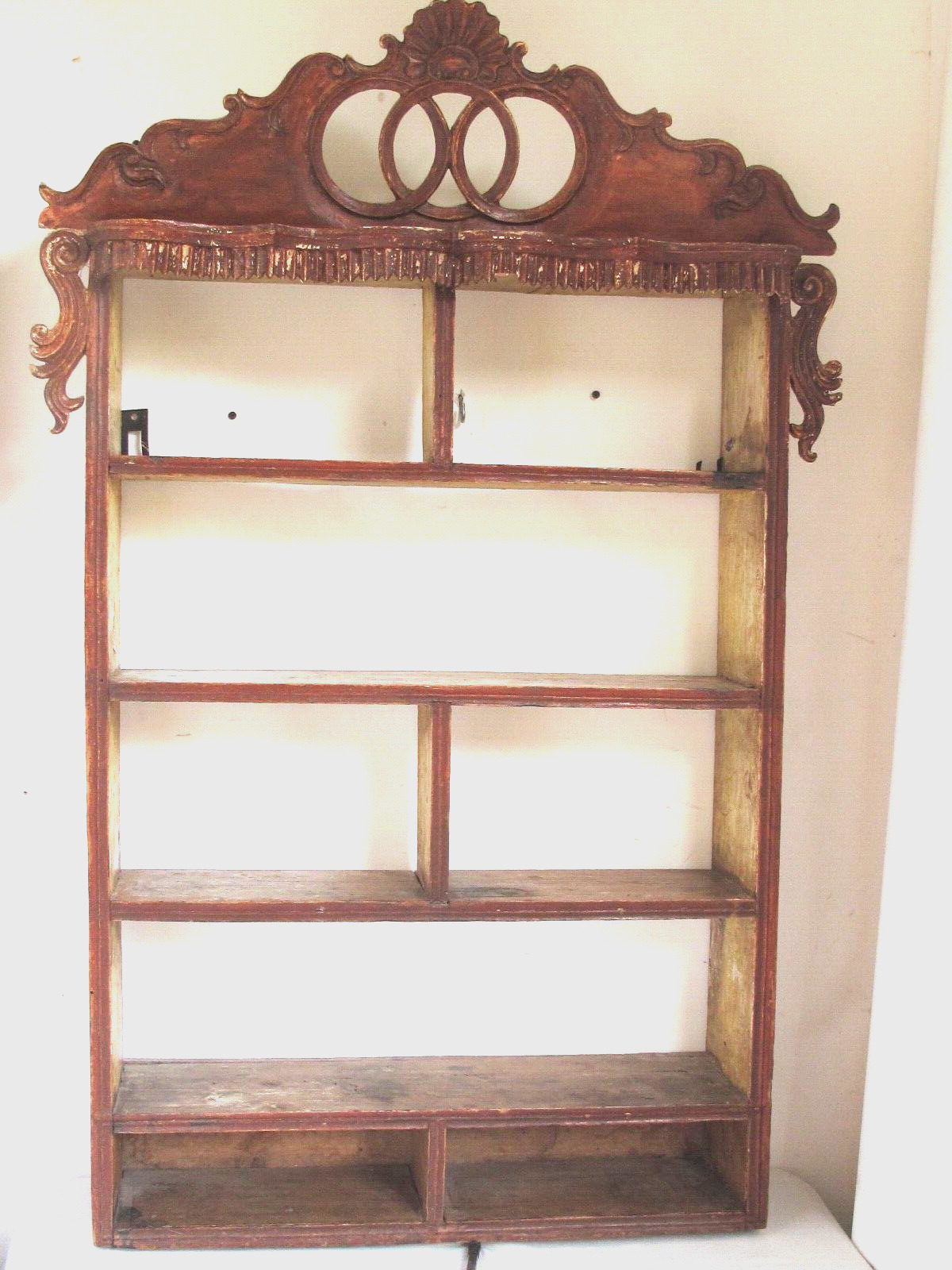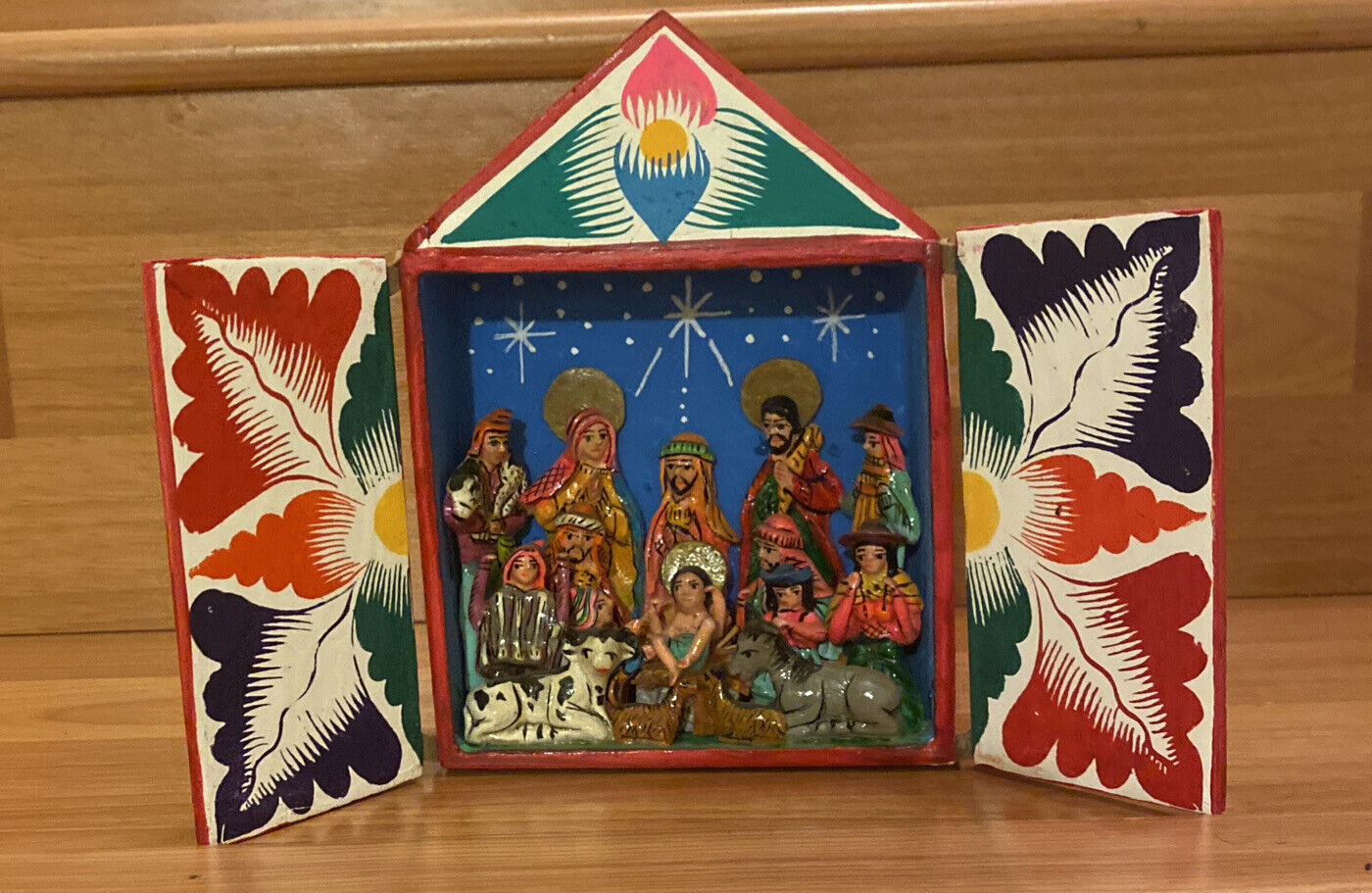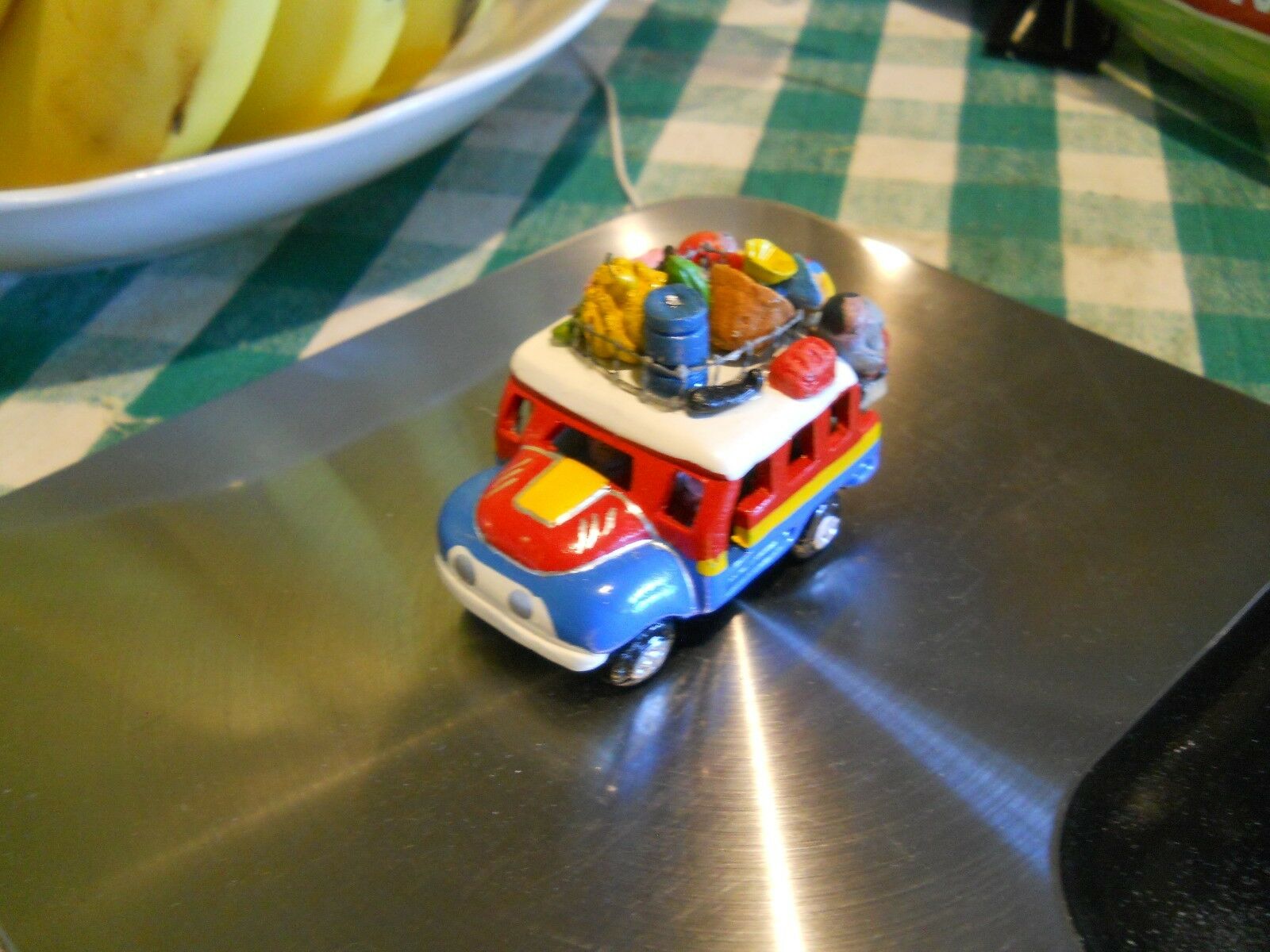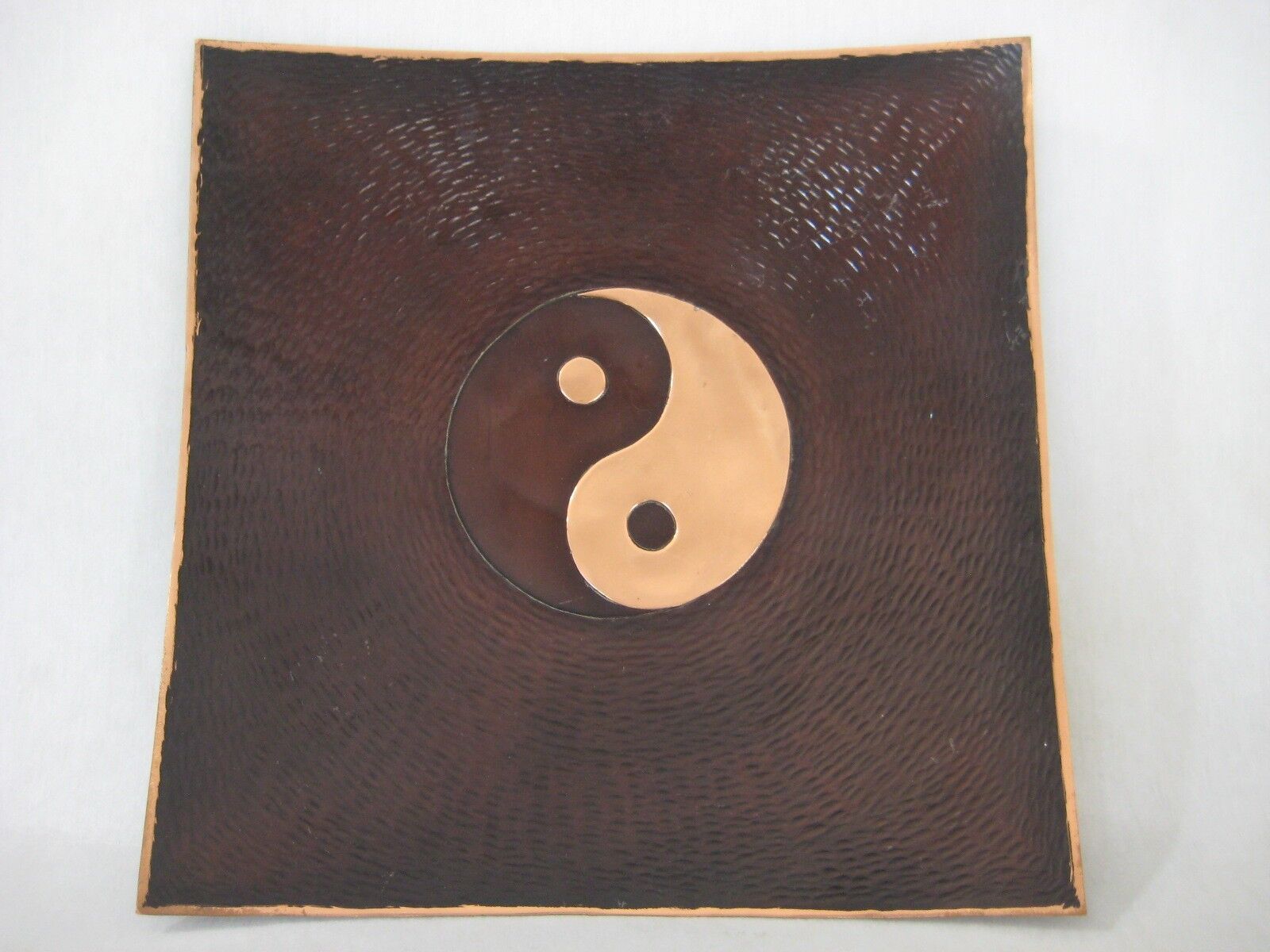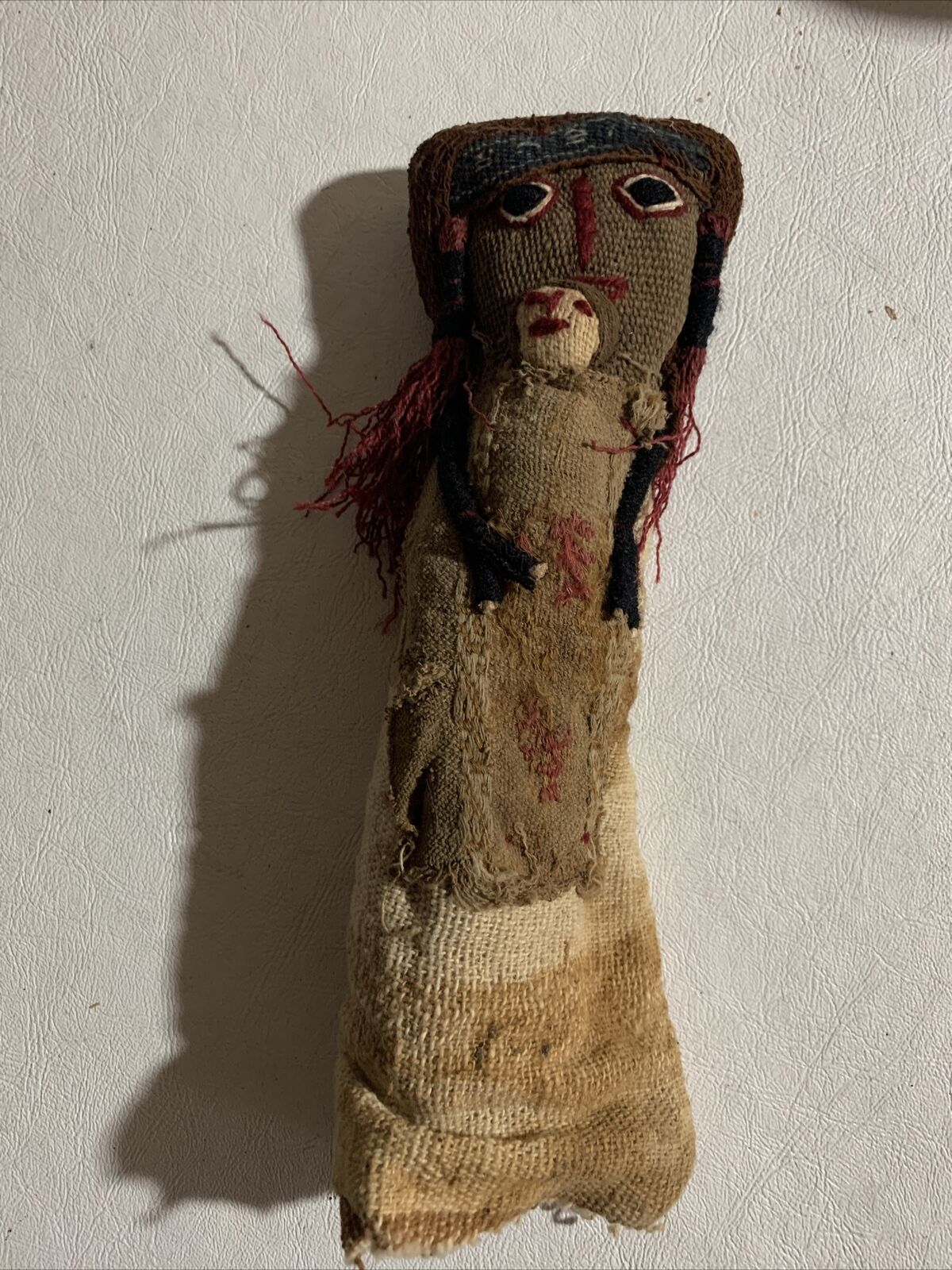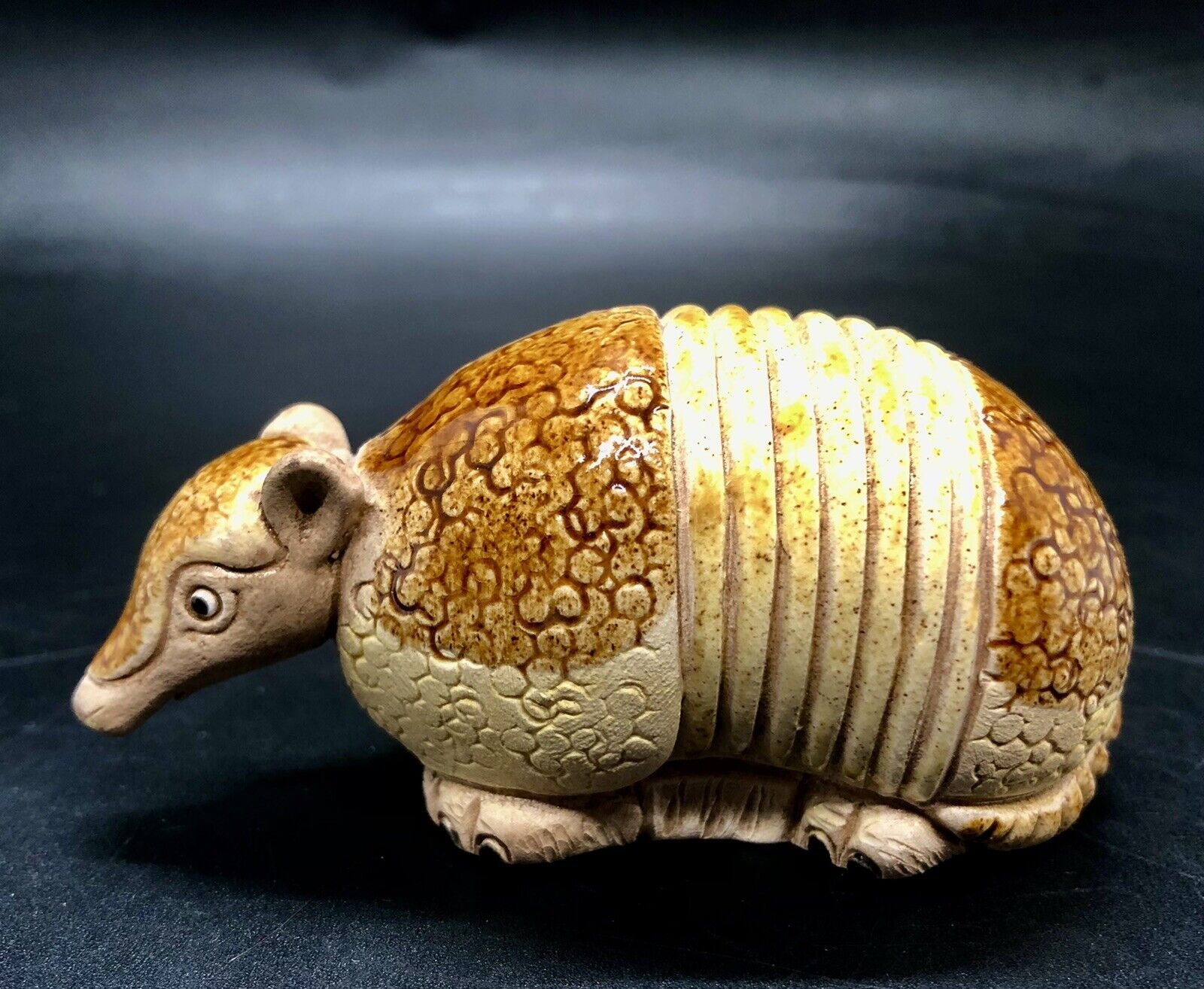-40%
Pre-Columbian Antique Inca Pottery Storage Vessel Chancay Peru 1000-1400 AD
$ 92.4
- Description
- Size Guide
Description
Pre-Columbian Antiquities Inca Pottery Vessel Chancay Peru 1000-1400 AD.100% Pre-Columbian antique.
Peruvian Chancay Pottery Olla
Description: Pre-Columbian, Peruvian Chancay Pottery Olla with anthropomorphic ape-like monkey shape
. Pre-Columbian, Peru, North of Lima, Chancay, ca. 1000 to 1400 A.D. A very fine large pottery olla or vessel. Often mistakenly called "urns," this vessel is decorated with traditional gray slip, the ovoid or egg-shaped body features a variety of geometric stripes on the collar of the vessel and around the body. In near perfect condition which is difficulty to find as these large-scale vessels often are chipped or have broken spouts.
Textured gray pigment/slip applied in geometric design over vessel.
Dimensions: Size: 12" H x 7" W x 7" D
Condition: Damaged but all pieces intact (see photos)
Please let me know if you have questions. Thank you for looking!
----------
History: There is not much is known about the Chancay civilization which developed in the later part of the Inca empire. This culture emerged after the fall of the Wari civilization. Parts of the southern Chancay area were conquered by the Chimú in the early fifteenth century and in about 1450 A.D. the Incas were occupying both areas. It is believed that the Chancay had a centralized political structure, forming a small regional state. Thus the Chancay culture declined in the fifteenth century to make way for the territorial expansion of the Inca Empire.
Occupying the central coast coastal region of Peru, the Chancay were centered mostly in the Chancay and Chillón valleys, although they also occupied other areas such as the Rimac and Lurin valley areas. The center of the Chancay culture was located 80 kilometers north of Lima. It is a desert region but has fertile valleys bathed by rivers and is rich in resources that allowed for, among other things, extensive agricultural development.
The Chancay developed intense trade relations with other regions, allowing them to interact with other cultures and settlements in a wide area.
Ceramics: Ceramics are also a very common feature of the Chancay culture. This pottery has been found mainly in the cemeteries of the Ancon and Chancay valleys. The Chancay civilization produced ceramics on a large scale using molds. However, open vessels with more than 400 different types of drawings that have yet to be decrypted, uniquely created by artisans, have been found.
The technique used in creating ceramics was with a rough matt surface that was later painted with a dark colour, usually black or brown, on top of a lighter cream or white background. this dark on light characteristic is known as black on white.
Vessels are often large and quaintly shaped. Egg-shaped jars are some of the more common. Ceramic dolls or female figurines were also created. These were usually large, female-looking dolls made from clay. The faces and sometimes the upper sections of the body are covered with ornaments of different geometric shapes.The eyes were accentuated with a line on each side and the arms were usually short.These geometric ornamentations are very common on Chancay ceramics.
Other common ceramic vessels were oblong jars with narrow necks and wide mouths, with designs in the form of human faces and geometric shapes painted in the black on cream technique. Other common animal shapes are birds or llamas. There were also miniature sized idols called cuchimilcos which were anthropomorphic shapes representative of human figures, having prominent jaws and eyes painted in black. These cuchimilcos figures usually had their arms extended as if they were ready to fly or inviting a hug. It is believed that they were used to turn away bad energies. This is perhaps why they have been mostly found in the tombs of the Chancay nobility.











